Turkish Simit (Sesame Bagels) is one of Turkey's most iconic street foods - golden bread rings dipped in grape molasses and coated with sesame seeds before baking. Crispy on the outside, soft on the inside, simit is often enjoyed with olives, tomato, cucumber, and Turkish tea. In this post, you'll learn the history of simit, step-by-step instructions for making it at home, and chef's tips for achieving the perfect sesame-crusted crunch.
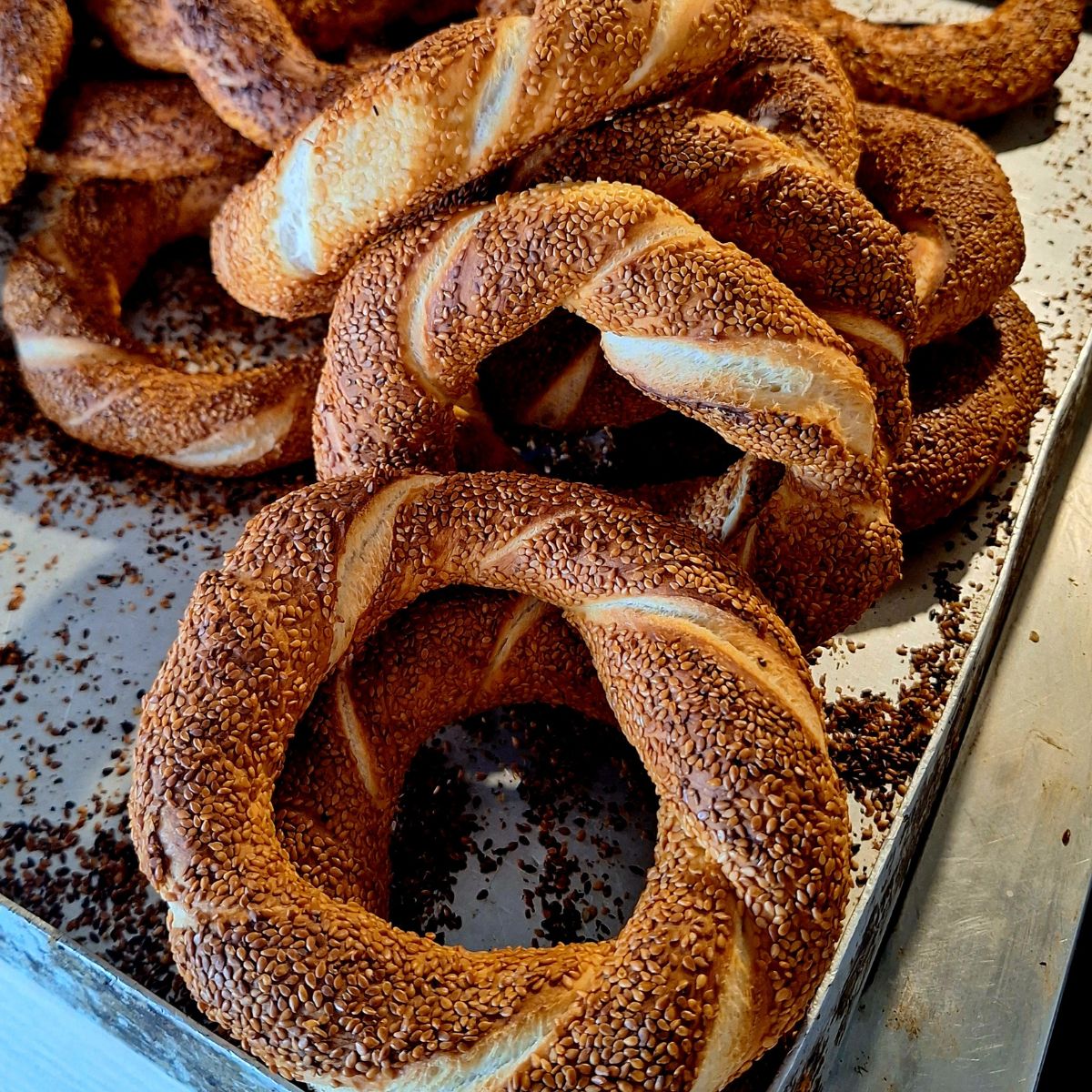
Index
Jump to:
- My Turkish Simit Story
- What is Simit?
- A Short History of Simit
- Nutritional Benefits of Simit
- Ingredients You'll Need
- Step-by-Step Method
- Chef's Tips
- How to Serve Simit
- Simit Variations
- Why You'll Love This Recipe
- Ask Willow - Our AI Culinary Assistant
- More Turkish Bread Recipes
- Simit Reflections
- 📋 Recipe
- Simit FAQ
My Turkish Simit Story
Strolling the streets of Istanbul, you can't miss the golden rings of simit stacked on red carts - crisp sesame crust, sweet molasses glaze, and chewy bread within. Often called "Turkish bagels", simit is lighter and crunchier than its New York cousin.
I first fell in love with simit while working in Didim on my superyacht chef travels. To me, simit is to Turkey what the croissant is to France - a true national treasure. Everyone in Turkey seems to share a deep connection and appreciation for this humble bread ring.
It took me a while to track down pekmez (grape molasses), and several attempts to master the technique; it's trickier than it looks! On my days off, I'd sit at the local bakery eating fresh simit and comparing them to my own. With the help of Google Translate, I asked questions, shared photos of my attempts, and proudly showed the bakers my progress.
They were genuinely impressed to see a foreigner learning to make simit. What a lovely way to connect with a culture - through its food, its recipes, and the stories they carry.

What is Simit?
Simit is a round bread ring, coated in molasses and encrusted with sesame seeds. It's enjoyed across Turkey as a quick breakfast, snack, or afternoon pick-me-up with tea. Unlike bagels, simit is not boiled - instead, it's dipped in molasses before baking, giving it a signature crunch and rich flavor.

A Short History of Simit
Simit has been baked in Turkey since the days of the Ottoman Empire (records date back to the 1500s). It became a symbol of daily life, sold on street corners and eaten by everyone - from busy traders to school children.
In Istanbul, simit is affectionately called the "bagel of the Bosphorus". More than just bread, it represents community, tradition, and the rhythm of Turkish life. Today, simit remains one of the most affordable and accessible foods in Turkey, symbolizing both tradition and community.

Nutritional Benefits of Simit
- Simit is plant-based, made simply with flour, olive oil, yeast, and sesame seeds.
- Sesame seeds provide healthy fats, protein, and essential minerals like calcium and iron.
- It's naturally low in sugar compared to many Western breads.
- Use wholemeal flour for extra fiber and nutrients.
It's a wholesome, energizing snack that fits beautifully into a wholefood, plant-based lifestyle.

Ingredients You'll Need
- 500 g plain flour (all-purpose)
- 7 g dried yeast
- 250 ml warm water
- 1 tablespoon sugar
- 1 teaspoon salt
- 2 tablespoon olive oil
For dipping & coating:
- 4 tablespoon grape molasses (traditional)
- OR 4 tablespoon pomegranate molasses + 1-2 teaspoon sugar or honey + splash of water
- 100 g sesame seeds (toasted)

Step-by-Step Method




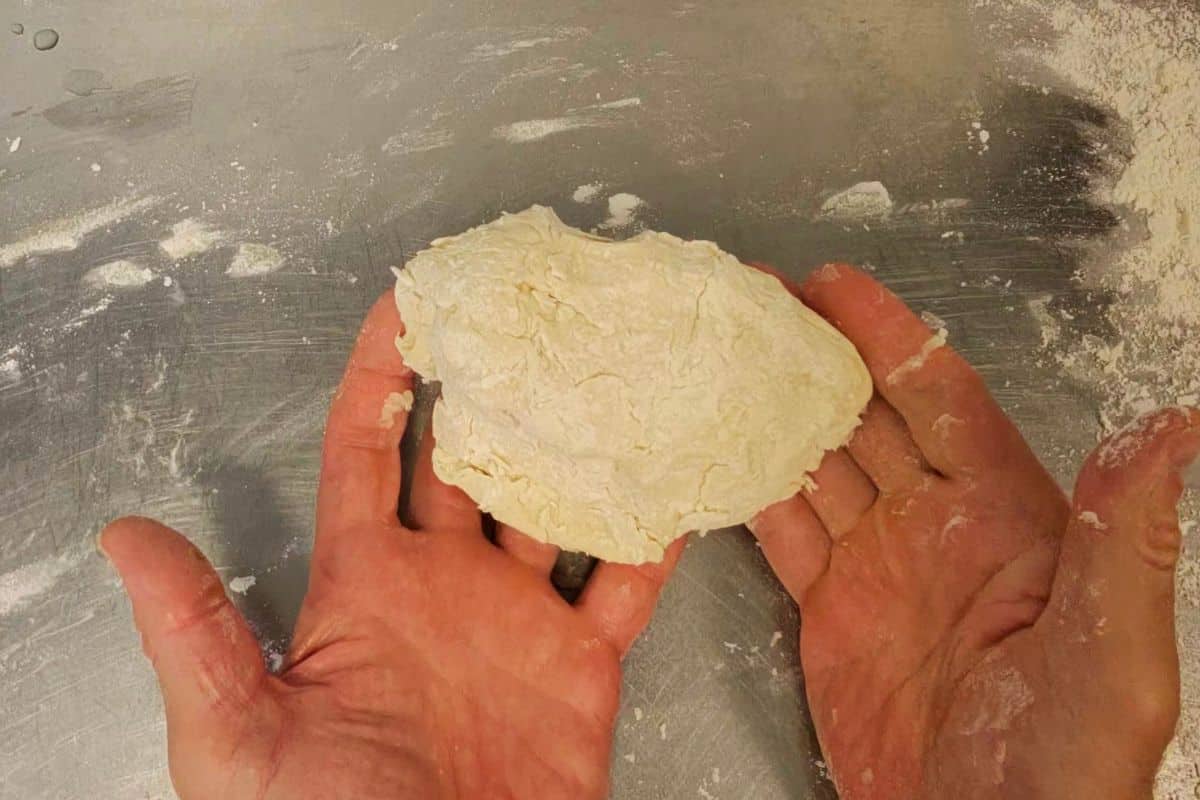


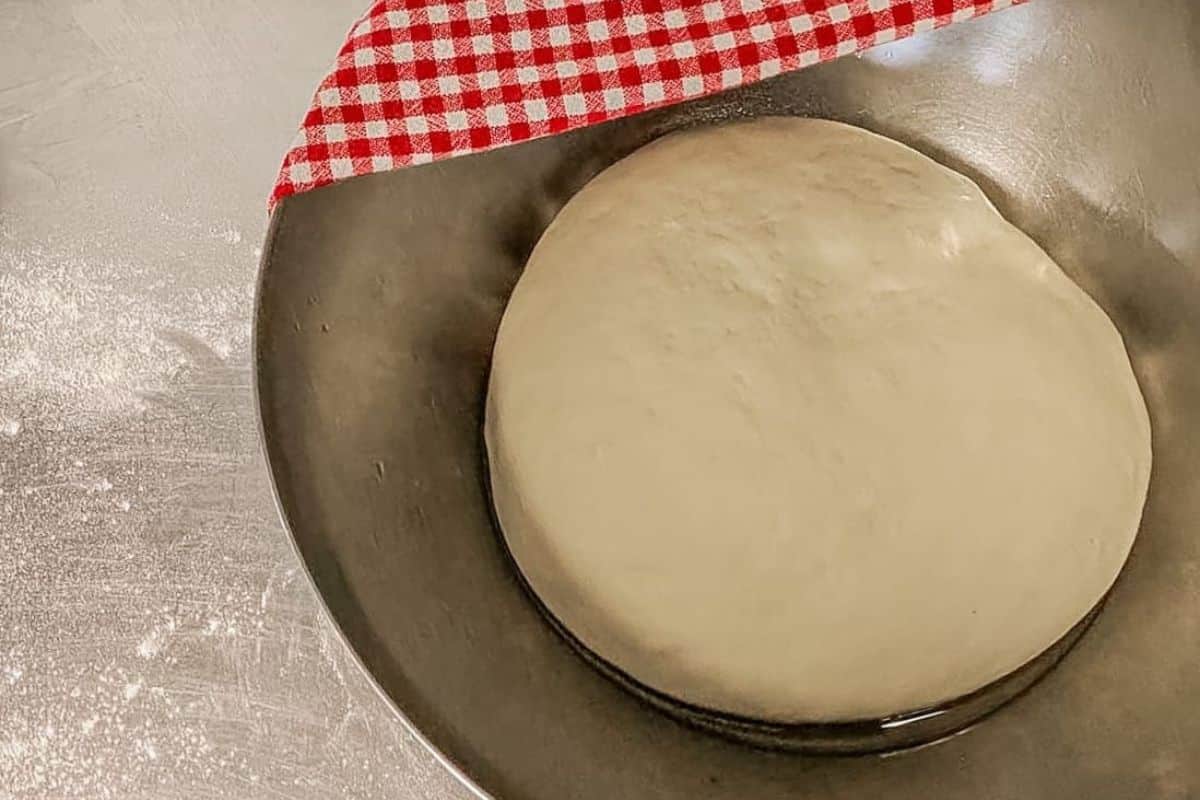
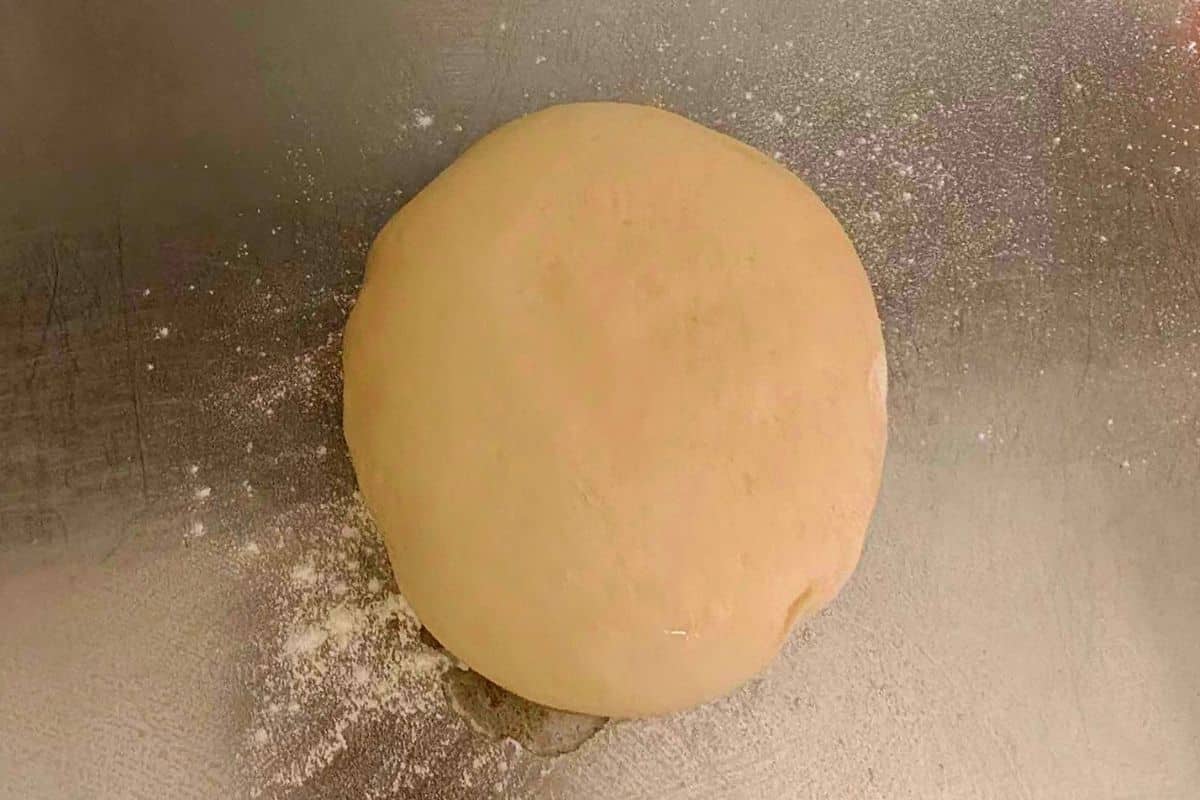











Chef's Tips
- Toast sesame seeds before coating to boost nutty flavor.
- Dipping in molasses gives the most authentic glossy crust, but brushing works as a lighter alternative.
- Don't skip the final 10-minute rest - it helps the simit puff beautifully.
- For extra chew, let shaped rings rest briefly before baking.
- Freeze baked simit and refresh in the oven before serving.

How to Serve Simit
Traditionally, simit is enjoyed for breakfast with white cheese, black olives, tomato, cucumber, and a glass of strong Turkish tea.
You can also spread with tahini & date syrup for a sweet treat or use as a sandwich base with hummus, roasted veggies, or avocado.
Simit Variations
- Wholemeal flour for a nuttier, healthier ring.
- Seed blends: nigella, sunflower, or flax seeds mixed with sesame.
- Mini simit for bite-sized snacks.
Why You'll Love This Recipe
This simit recipe is:
- Authentic: just like Istanbul street vendors.
- Wholesome: plant-based with simple ingredients.
- Versatile: sweet or savoury, snack or meal.
- Cultural: bake history into your kitchen.
Ask Willow - Our AI Culinary Assistant
Need a little extra help with your simit baking? Willow, our Holistic Chef Academy culinary assistant, can guide you step by step - whether you're troubleshooting dough texture, swapping ingredients, or adjusting baking times. Click the link below to get started - we have already inputted a couple of prompts to get you started.

More Turkish Bread Recipes
Simit Reflections
Simit is more than just bread, it's a story of tradition, culture, and everyday joy. Bake a batch at home, and you'll bring a piece of Istanbul to your kitchen.
We hope you enjoy this delicious recipe. If you give it a try, let us know in the comments below - we love hearing your feedback and seeing your recreations.
📋 Recipe

Turkish Simit (Sesame Bagels)
Ingredients
Equipment
Simit FAQ
Simit is lighter, crunchier, and dipped in molasses before baking, while bagels are boiled before baking and have a denser, chewier texture.
Yes! Once cooled, freeze simit in an airtight bag for up to 2 months. Refresh in the oven at 180°C for 5-7 minutes to bring back the crispness.
If you can't find pekmez, use pomegranate molasses mixed with a little sugar or honey. This balances the tartness and gives a similar sweet glaze.


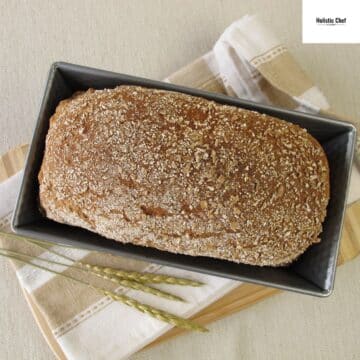

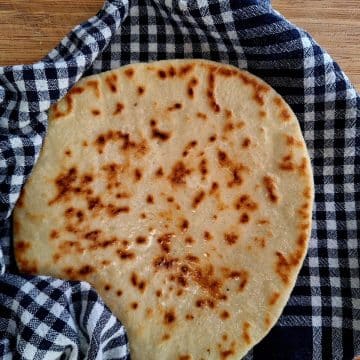
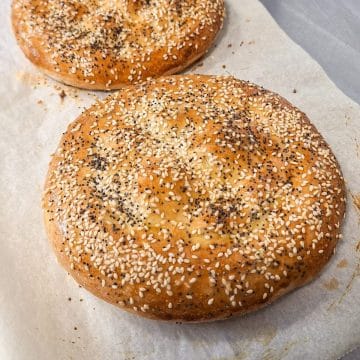
Did you make this recipe? Let me know!